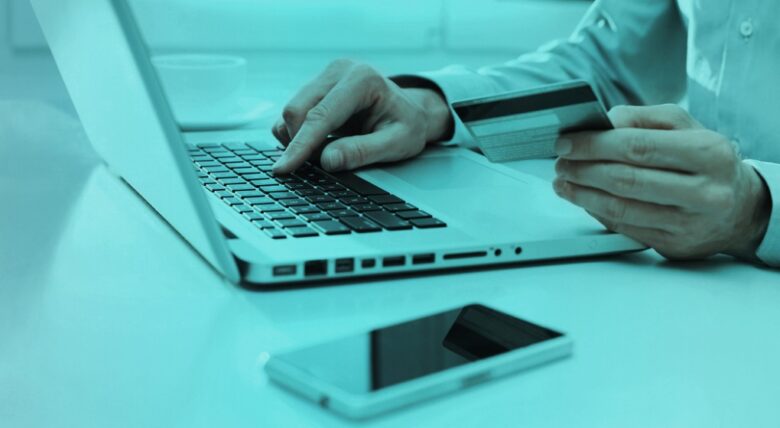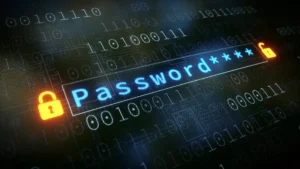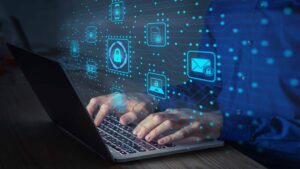Online transactions are now a part of our everyday lives in the digital age. More people prefer digital payments to traditional ones, whether they are shopping or paying bills. They also transfer money and book services. These transactions are convenient and save time, but they expose the user to cyber-risks. Hackers, cybercriminals, and scammers are constantly looking for new ways to steal sensitive financial data. It is therefore important that everyone understands how to be safe when making online payments. It is now a must to protect yourself when making online payments.
Unsafe Online Transactions Can be Dangerous
Cybercriminals are attracted to online transactions because they involve the sharing of personal and financial information over the Internet. Some of the most common risks are phishing scams and identity theft. These risks also include malware attacks, credit card fraud, and malware attacks. Cybercriminals can trick users into entering banking information on fake websites or intercept data as it is transferred. Many victims don’t even realize that their data has been stolen until they see unauthorized transactions on their bank account. By comprehending these risks, you can take proactive measures to safeguard your information from potential misuse.
Secure Websites: What is their role?
Before making a payment online, it is important to verify that the website is safe. Secure websites will display “https” and a padlock next to the URL. The padlock symbol indicates that your data is encrypted while being transmitted. You should avoid making any transactions on sites that do not offer this level of protection, as these websites may lack the proper safeguards. Cybercriminals often use fake or unsecure websites to gather sensitive information. Verify the authenticity of a website before you enter your payment information.
Use Strong and Unique Passwords
Passwords provide access to your accounts. If you use weak passwords or reuse them, hackers can easily break into your account. Use strong passwords with a mixture of uppercase, lowercase, numbers, and symbols to keep your accounts secure. Use unique passwords to protect each account. Avoid predictable information like birthdays, names, or simple combinations such as “123456.” Password managers make it easy to create and store strong passwords.
The Importance Of Two-Factor Authentication
Two-factor authentication (2FA), even if someone steals your password, provides an extra barrier to unauthorized access. When 2FA is enabled, you will need to enter your password and a second verification code, which can be sent via email or phone. This feature is available on many online platforms and banks. It’s highly recommended that you enable it whenever possible. This additional layer of security reduces the likelihood of hackers accessing your account, even if you have given them your login credentials.
Avoiding Public Wi-Fi When Conducting Transactions
Hackers can easily take advantage of public Wi-Fi networks in airports, hotels, and cafes. Cybercriminals can intercept data sent and received by you when you use public WiFi to conduct transactions. Cybercriminals may intercept sensitive information like your credit card numbers, banking credentials, and personal details. Avoid entering financial information when using public Wi-Fi, and use a VPN to encrypt the connection if you have to. When making online payments, the safest method is to use a private secure network.
Using Trusted Payment Methods
The right payment method will also increase your security. Credit cards and secure platforms offer fraud protection, which can make it easier to retrieve your money if you have made an unauthorized transaction. Payment apps and digital wallets also offer additional layers of protection, since they don’t directly reveal your card information during transactions. Avoid websites or sellers who ask for direct bank transfers or wire transfers. These methods provide little protection in the event of a problem. Trusted payment methods lower your fraud risk and offer you peace of mind.
Monitor Your Accounts Regularly
It is important to monitor your accounts regularly for any unusual activity, even if you have the best security measures in place. Check your bank statement, credit card report, and payment app history for any transactions that you don’t recognize. You can prevent further damage if you report suspicious activity as soon as you notice it. You can set up alerts to keep track of account activity. If something goes wrong, being proactive will allow you to act quickly.
Conclusion
To stay safe when making online purchases, you need to combine awareness, good habits, and the use of available security tools. Every step you take will help to protect your computer against cyber threats. From using secure websites, strong passwords, and two-factor authentication to avoiding public WiFi and verifying that the website is secure, each one strengthens protection. Online transactions pose real risks, but the solutions to these problems are simple and effective if they are applied consistently. To protect your data, you need to be vigilant, careful, and well-informed. You can still enjoy the convenience and security of digital payments by following safe practices.
FAQs
1. What is the most secure way to make payments online?
Secure payment platforms and credit cards are the most secure methods, as they offer fraud protection and don’t expose your bank information directly.
2. How can I determine if a site is secure for online transactions?
You can identify this by looking for the padlock icon next to “https.” They indicate that the site is secure and encrypted for payment.
3. Is it safe for online payment to be made using public Wi-Fi?
Public Wi-Fi can be insecure and susceptible to hacking. When making financial transactions, it is best to use a VPN or private network.
4. Why is two-factor verification important?
The two-factor authentication is an additional security measure beyond the password. This makes it harder for hackers, even those who have your login credentials, to gain access to your account.
5. What should I do when I see unauthorized transactions?
Contact your bank or payment service provider immediately to report the problem, block any further transactions, and take steps for account security.




